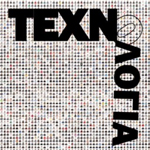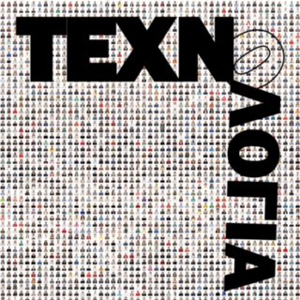
Vera Molnar, 8 Colonnes, 1985. Computer-generated graphic ink on plotter paper. 9 x 12 5/8 inches.
Beyond the Janus-Faced Typologies of Art and Technology
This column aims to focus on art that engages technology as a medium or a topic. We live in a digital culture and I have found that I better understand the technologies I use, as well as what to reject, in no small part through the thoughtful efforts of artists. I’ve grasped the subtleties of coding and computational design by hearing about how artists struggle with it. I’ve reconsidered the history of art because it suddenly seems so strange that the last five hundred years of creative practice could be presented as if these artists were not responding to, discussing, and adopting technologies ranging from perspective, gross anatomy, printing, navigational charts, biological categories, camera obscuras, trains, electrification, photography, moving image, and here we start to get into the more recent technologies that are so easily disdained: television, computers, the internet, social media…
Για τη συνέχεια από το Brooklynrail δες
εδώ.






